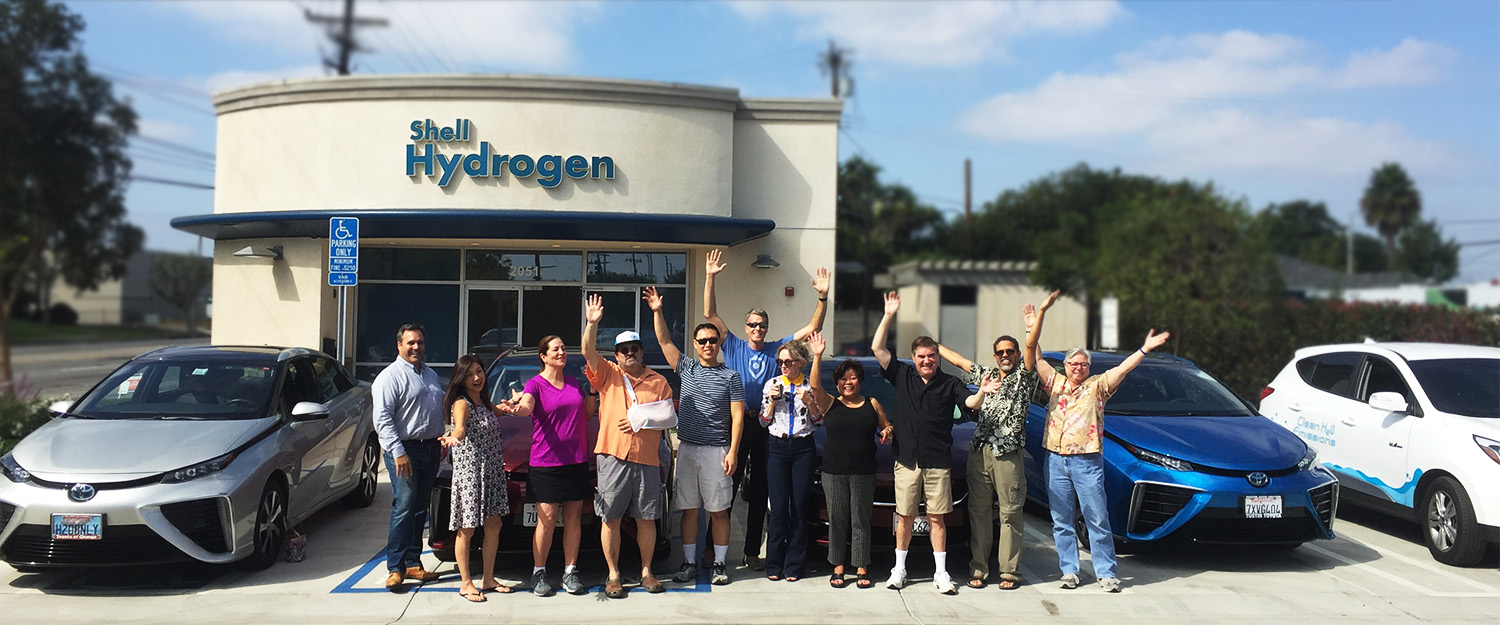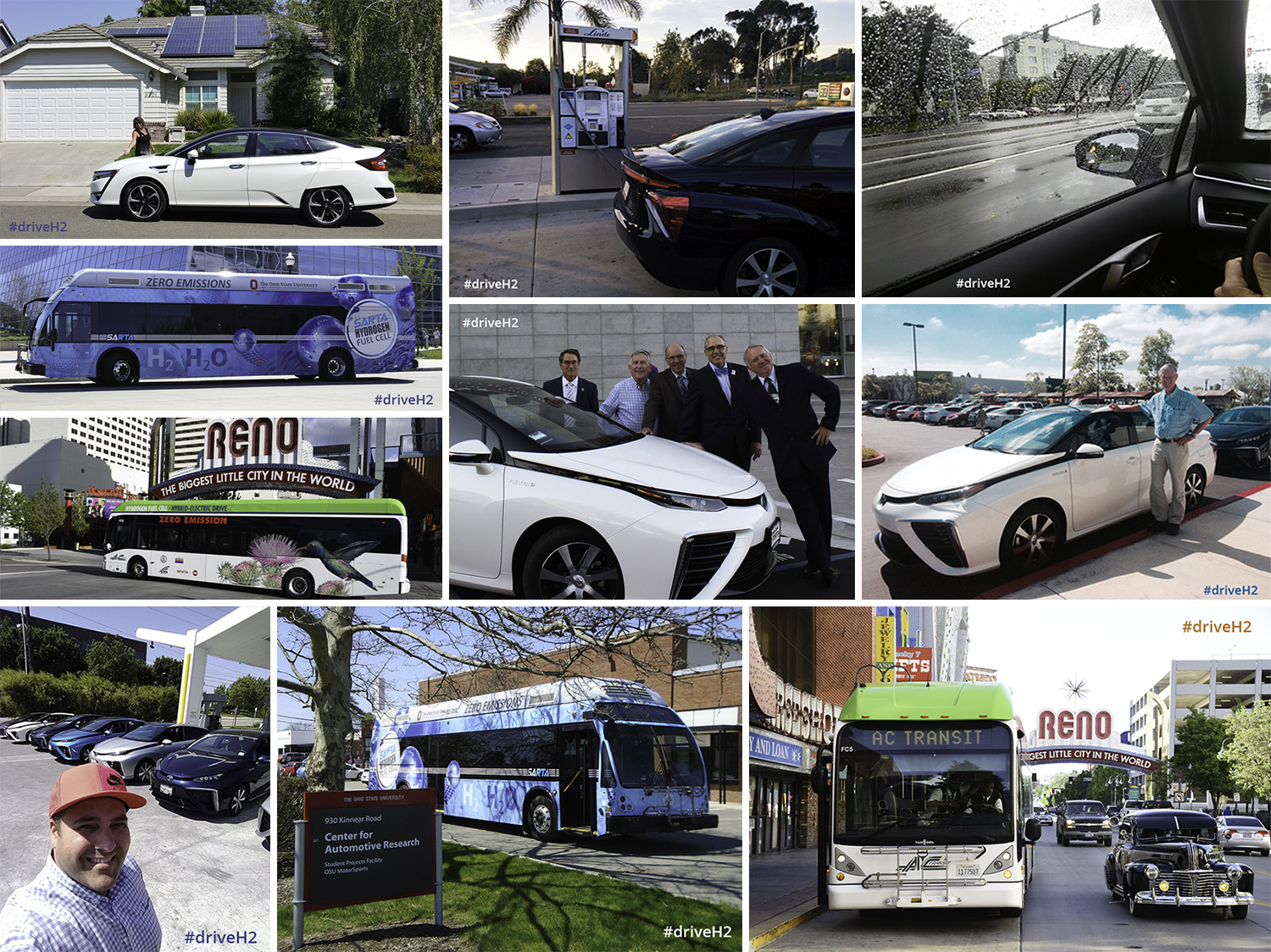California Air Resources Board staff will host a technical discussion in Sacramento to review the most recent updates to the California Hydrogen Infrastructure Tool. CHIT is built in the ArcGIS environment to perform geographically-detailed assessments of need for new hydrogen fueling infrastructure to support the deployment of fuel cell electric vehicles. CARB will also discuss methods by which information from the tool was integrated into Coverage, Capacity, and Market Viability evaluations of station applications in response to the California Energy Commission’s GFO15-605. The goal is to provide stakeholders with a comprehensive understanding of the new features of the tool, the analyses performed by CARB using the tool, and use of the tool’s key information outputs in funding programs.

